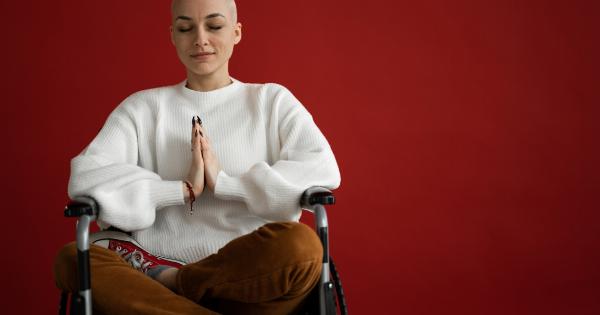The Kronitovirus has recently become a cause for concern worldwide, as it poses a significant threat to public health. Outbreaks of this virus have been reported in various countries, leading to severe illness and even fatalities.
In this comprehensive guide, we will explore the dangers associated with the Kronitovirus, its symptoms, transmission, prevention, and potential treatments.
Symptoms of Kronitovirus
Identifying the symptoms of Kronitovirus is crucial for early detection and containment. The most commonly reported symptoms include:.
- Fever
- Cough
- Shortness of breath
- Fatigue
- Sore throat
- Headache
- Muscle or joint pain
- Loss of taste or smell
In severe cases, the Kronitovirus can lead to pneumonia, acute respiratory distress syndrome (ARDS), organ failure, or even death. It is essential to seek medical attention if you or someone you know experiences any of these symptoms.
Transmission of Kronitovirus
Kronitovirus primarily spreads through respiratory droplets when an infected person coughs or sneezes. These droplets can enter the body of a nearby individual through the mouth, nose, or eyes.
It is also possible to contract the virus by touching surfaces or objects contaminated with the virus and then touching the face.
Furthermore, the Kronitovirus can be transmitted by individuals who are asymptomatic or presymptomatic, making it challenging to identify and control its spread. This makes practicing preventive measures all the more crucial.
Prevention of Kronitovirus
Preventing the transmission of the Kronitovirus requires a combination of personal and community-level precautions. Here are some essential preventive measures:.
- Wearing a mask in public places
- Practicing physical distancing of at least 6 feet
- Frequent handwashing with soap and water for at least 20 seconds
- Using hand sanitizers with at least 60% alcohol content
- Avoiding touching the face, especially the eyes, nose, and mouth
- Covering the mouth and nose with a tissue or elbow when coughing or sneezing
- Cleaning and disinfecting frequently touched objects and surfaces regularly
- Following local health guidelines and regulations
Treatments for Kronitovirus
Currently, there is no specific antiviral treatment available for the Kronitovirus. However, supportive care can significantly improve the outcomes for affected individuals.
Mild cases can often be managed at home with plenty of rest, hydration, and over-the-counter pain relievers.
In more severe cases, hospitalization may be required, especially if complications such as pneumonia or respiratory distress develop.
In such cases, medical professionals may provide supplemental oxygen, administer corticosteroids, or use mechanical ventilation to support breathing. Ongoing research and clinical trials aim to identify effective treatments and a potential vaccine for the Kronitovirus.
Impact of Kronitovirus
The Kronitovirus has wreaked havoc on global health, economies, and daily life. The pandemic caused by this virus has led to widespread illness, lockdowns, travel restrictions, and a significant loss of life.
The strain on healthcare systems has been immense, with medical professionals working tirelessly to treat patients and prevent further transmission.
Furthermore, the mental health implications of the Kronitovirus cannot be overlooked. The fear, anxiety, and stress caused by the pandemic have affected individuals worldwide. It is crucial to prioritize mental well-being and seek support if needed.
Conclusion
The Kronitovirus presents a significant threat to global health and requires a comprehensive approach to containment and prevention.
By identifying the symptoms, understanding its transmission, practicing preventive measures, and supporting ongoing research, we can collectively combat the dangers associated with this virus. It is crucial to stay updated with reliable sources of information and adhere to public health guidelines to protect ourselves and our communities.






























